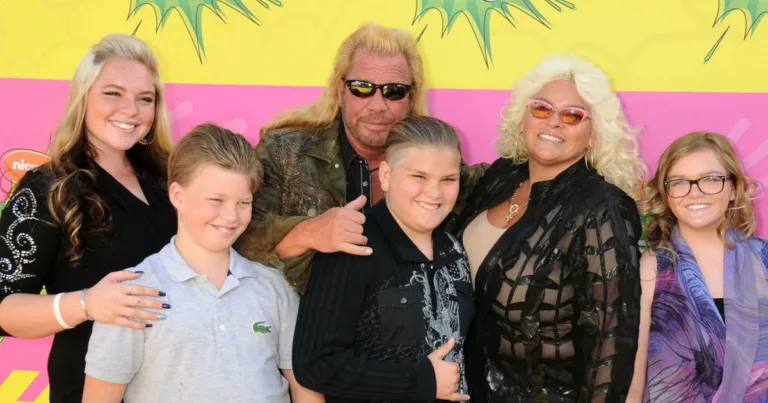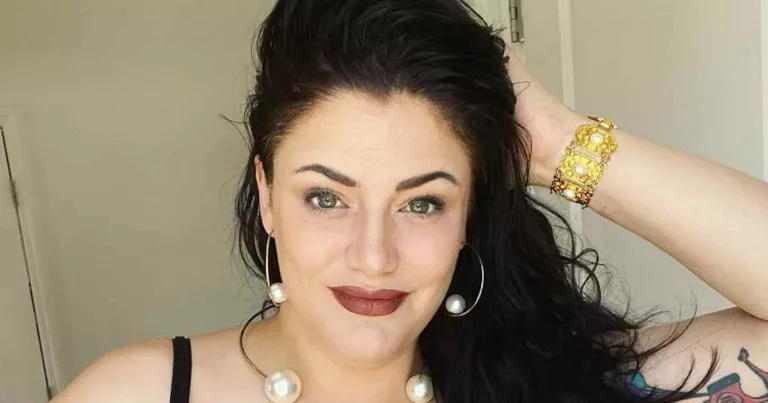Christine Brown Surprises Fans with Positive Remarks About Kody
In a surprising twist for fans of the hit reality show *Sister Wives*, Christine Brown has shared a more nuanced perspective on her ex-husband, Kody Brown. Known for her candid criticisms of him since their split in November 2021, Christine recently told *People Magazine* that Kody isn’t as terrible as she previously portrayed him. This…





